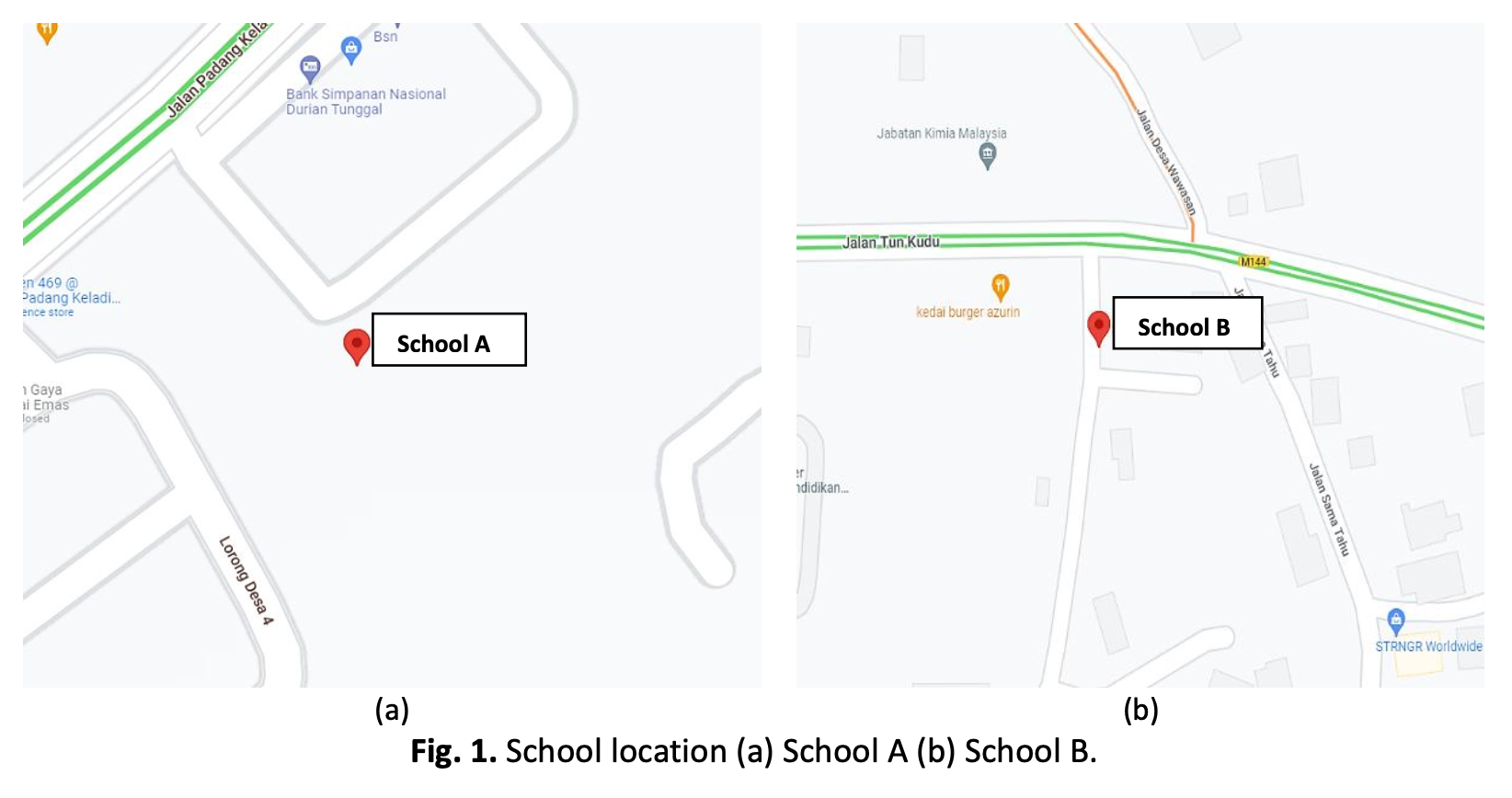Airflow Distribution of Hall and Classroom as Temporary Evacuation Centers: A Case Study in Melaka
DOI:
https://doi.org/10.37934/arfmts.100.2.157168Keywords:
Airflow distribution, Temporary Evacuation Centers, air velocityAbstract
During floods, the Malaysian Department of Welfare (JKM) oversees the opening and assigning of victims to evacuation centres. Public buildings such as school classrooms and community halls act as Temporary Evacuation Centers (TEC) that can last up to two weeks. The foldable tents will be provided to each family at the evacuation centres to assure that the victims have personal space. For privacy and separation, they were confined in a temporary tent with only a few fans from the building to keep their comfort. Therefore, the thermal comfort level within the temporary tent is usually affected by the airflow distribution from naturally ventilated buildings from building layout and design. In this study, two independent public buildings were hall (School A) and a classroom (School B) in Melaka, Malaysia, were investigated to simulate the airflow distribution accordingly. In-situ air sampling measures were performed using indoor air sampling techniques for 24 hours to measure the air velocity, air temperatures, and relative humidity in the building. Airflow distribution throughout the floor was used to simulate the airflow with the Computer Fluid Dynamics (CFD) model to identify the airflow direction. The average airflow rate between Schools A and B was 0.19 ms-1 and 0.27 ms-1, respectively, after the data collection. Meanwhile, the average air temperature between Schools A and B was 30.3℃ and 29.4℃, respectively. Therefore, School B's classroom layout is the best model for forecasting airflow rate, air velocity, and temperature for the evacuation center.
Downloads

































